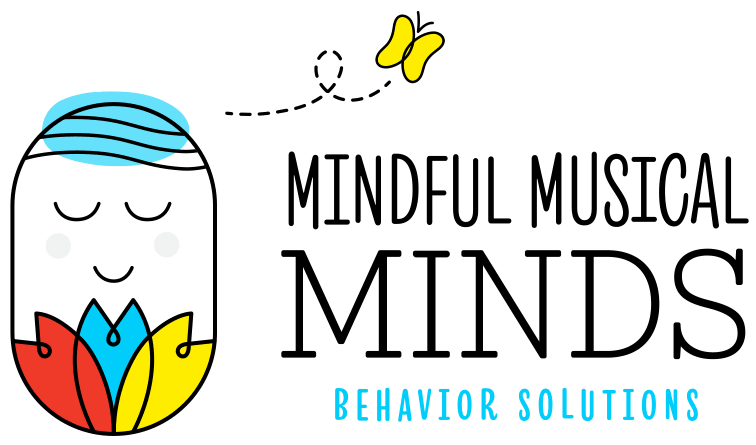Acceptance and Commitment Therapy (ACT) has emerged as a powerful tool in supporting children with autism. By teaching skills like psychological flexibility and emotional regulation, ACT helps children manage anxiety, frustration, and social challenges. For children with autism, ACT is particularly effective because it focuses on accepting emotions rather than trying to eliminate them, while committing to actions that align with personal values.
How Does ACT Work for Children with Autism?
ACT is adapted for children with autism by making complex ideas more concrete and developmentally appropriate. Here are some key components of ACT for autism:
1. Visual Supports and Metaphors: Many children with autism struggle with abstract thinking, so ACT often uses visual aids and relatable metaphors to explain difficult concepts. For example, uncomfortable emotions are like “passengers on a bus,” and the child learns they can keep driving (moving forward) even if the passengers are noisy.
2. Child-Friendly Mindfulness Practices: Rather than formal mindfulness exercises, children with autism practice being present by noticing sensations in their bodies or focusing on the environment around them. This helps them stay grounded in the present moment without becoming overwhelmed by negative emotions.
3. Behavioral Integration: ACT is often paired with behavioral strategies to reinforce new skills. Positive reinforcement is used to help children apply ACT techniques, such as accepting emotions without acting on them, in their everyday routines.
ACT as Part of ABA Therapy
While ACT may seem different from traditional ABA (Applied Behavior Analysis), it is actually a complementary approach that fits seamlessly within the ABA framework. Both ACT and ABA focus on behavior change, but ACT emphasizes internal experiences—like thoughts and emotions—as part of the behavior change process.
In ABA, we often focus on observable behaviors and reinforcement, while ACT adds the dimension of accepting internal experiences (like anxiety or frustration) and choosing behaviors based on values, not just immediate comfort. By incorporating ACT into ABA, practitioners can help children with autism not only develop adaptive behaviors but also build resilience and emotional flexibility in the face of life’s challenges.
This makes ACT an important part of ABA because it extends behavior change beyond just observable actions—it teaches children to cope with difficult emotions and make meaningful choices that align with their values, fostering long-term well-being and independence.
Example of ACT in Action
Imagine a child with autism feels anxious about going to a birthday party. With ACT, the child learns to accept their anxious feelings (like passengers on the bus) without avoiding the event. They might practice noticing the physical sensations of anxiety while focusing on their value of spending time with friends. This helps the child attend the party despite their discomfort.
Why Is ACT Important for Children with Autism?
ACT teaches children how to handle emotions like anxiety, frustration, or sadness without letting those emotions dictate their actions. By accepting these feelings and committing to actions based on their values (such as having fun or learning new skills), children with autism can navigate challenging situations more effectively.
Incorporating ACT into autism therapy promotes resilience and emotional flexibility, empowering children to overcome obstacles while living in line with their personal goals and values. It’s an approach that not only addresses emotional challenges but also helps children thrive in everyday life.
References:
- Hayes, S. C., Luoma, J. B., Bond, F. W., Masuda, A., & Lillis, J. (2006). Acceptance and Commitment Therapy: Model, processes, and outcomes. Behaviour Research and Therapy, 44(1), 1-25. https://doi.org/10.1016/j.brat.2005.06.006
- Dixon, M. R. (2014). ACT for Children with Autism and Emotional Challenges. New Harbinger Publications.
- Gould, E., Tarbox, J., & Coyne, L. (2018). Evaluating Acceptance and Commitment Therapy Processes in Applied Behavior Analysis: A Systematic Review. Journal of Contextual Behavioral Science, 9, 1-12. https://doi.org/10.1016/j.jcbs.2018.05.003
- Harris, R. (2019). The Illustrated Happiness Trap: How to Stop Struggling and Start Living. Exisle Publishing.






